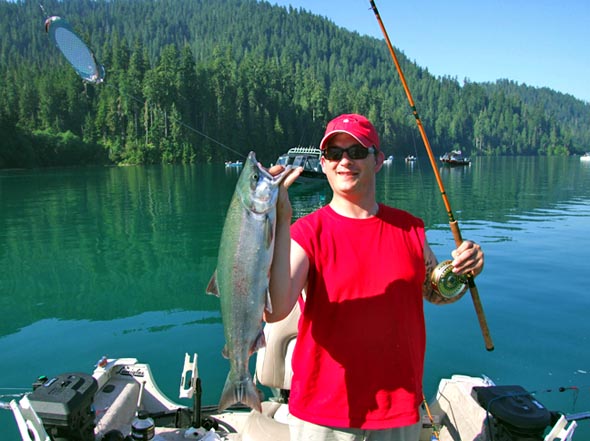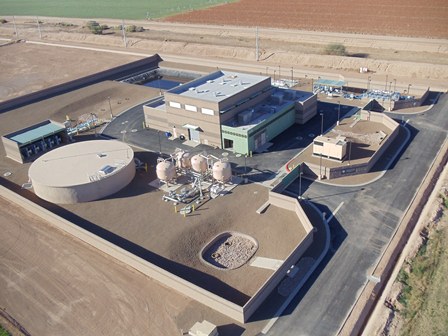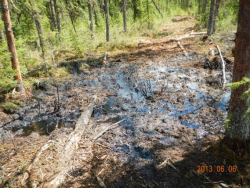Alex Jacobs, Indian Country Today Media Network
For 18 years, Clayton Brascoupe, director of Traditional Native American Farmers Association, has taught a course called Indigenous Sustainable Communities Design. The stories of how people and communities have been affected are powerful.
• There were the South American students who took back their knowledge and heritage seeds to create gardens and build a new community house. They grew a certain yellow watermelon and when presented to the elders at a fiesta, they began to cry because they hadn’t tasted the fruit since they were children. They were also recognized at the national level for this community work.
• Then there was the phone call Clayton received from the mother of a young man from Arizona. She asked what they had done to her son, because he had completely changed from a game-playing couch potato into an engaged busy gardener.
• Another young man returned home to Los Angeles to start urban gardens, but his story was not quite that simple: As it turned out, he was hard-core gang member who took it upon himself to change his community by providing fresh food.
• On another occasion, the course provided a natural solution when mother nature wreaked havoc: A Mayan group from Belize learned to preserve surplus garden-grown food and marinated chicken. When hurricanes damaged everything, they still had the preserves to feed the community.

Clayton Brascoupe — known around Turtle Island as Clayton or “Scoobie” — is Mohawk and Anishnabe, and was raised in Tuscarora, NY. He married Margaret Vigil from Tesuque Pueblo, NM and they have four daughters, which is also the name of their farm “4 Sisters”. He served an appointed position on the Tesuque Pueblo Tribal Council, and has been involved in community gardens and marketing for years. We travelled together with White Roots of Peace/Akwesasne Notes on the 1973 Wounded Knee trip; Clayton returned to NM to marry Margaret, and our fellow traveler Tom Cook returned to Pine Ridge, SD to marry Loretta Afraid of Bear. I went on to become an editor of Akwesasne Notes, co-founder of Indian Time and Akwekon, Tom is now a respected member of his Lakotah community and participates in the Sun Dance. Clayton’s older brother Simon Brascoupe, was an important artist in the early development of marketing Canadian Native Arts.
Clayton’s course is a two-week hands-on grassroots workshop — it’s also, frequently, a life changing experience. Class size ranges from 20 to 25, with the most ever being 35. Locals from New Mexico, Arizona, and elsewhere in the southwest make up most of the class. There are urban Natives, as well as Natives from Canada, Central and South America. Many students return to become instructors — the staff is 98% indigenous, and many of are women. Recently there’s been a Midwifery component — the thinking being, if we can grow clean food in a non-industrial way, then why not our children?

What Clayton says is important for these students, is it to develop a resource base of knowledge in the affected communities and to become experts in their respective communities. Identify resources, land bases, elders’ knowledge, youthful energy, water sources, urban parks, markets and outlets, recycling discarded resources and discarded people too. Identify problems and solutions and use local resources to fix them, and if there aren’t enough local resources, go out in wider and broader networks to find more. Its base knowledge is agriculture, but it’s not just about planting gardens. Health care is everyone’s biggest issue and expense, but fresh food dramatically changes diet and lifestyle, positively affecting diabetes and heart disease. Food, health, economies, energy, housing, spiritual well-being, elder care, raising children, education — it all becomes inter-related.
Clayton had originally started the course as Permaculture Design but each group had different issues, so the course grew outward and became its own living organism, adapting and changing. Citing examples around Indian country, he talked about ecology and borders and what he terms eco-tones, where two environments come together. These “edges” are where things happen and exchanges are made, where there is more diversity of plants and animals. It’s the difference between a riparian area with a meandering river or a re-created “seaway”, dug out and made straight for industrial traffic. Communities become just like these traffic lanes — dollars don’t stay, they leave immediately like out a pipeline fast, instead of percolating around families. In most communities, dollars are replenished in grants instead of recycling via local diverse economies. Just like a riparian wetland or our own digestive system, there needs to be more meandering, more edges where things meet, interact and exchange, to yield more nutrients, more bang for the buck, rather than having everything of value be extracted by corporations and outside markets.

Although the course is designed for and made up of indigenous peoples, non-Natives have been students and there are usually around 5 spots for non-natives who pay the full course fee. Sometimes Native organizations or benefactors will sponsor individuals to come and learn and then go back to Native communities to teach. Participants can camp nearby, children are allowed but there’s no daycare, and there’s local food catering from San Juan (Ohkay Ohwingeh). The 2013 session of Sustainable Communities Design runs from July 28 through August 9 in Santa Cruz, New Mexico. Those interested should visit tnafanm.org/TNAFA.html for more information.
One final story: An El Salvadoran farmer comes every year driving his cooking-oil fueled pick-up truck. He fills up at restaurants (which usually have to pay to have their oil picked up), the best fuel oils are from Taiwanese, Chinese, and Mexican restaurants. The McDonalds waste cooking-oil clogs his vehicle’s engine, it won’t run; so think about that for awhile.
Alex Jacobs, Mohawk, is a visual artist and poet living in Santa Fe.
Read more at https://indiancountrytodaymedianetwork.com/2013/07/23/teaching-indigenous-solutions-modern-agricultural-problems-150540















